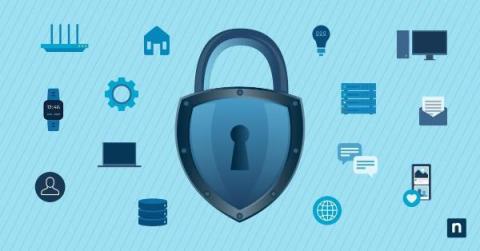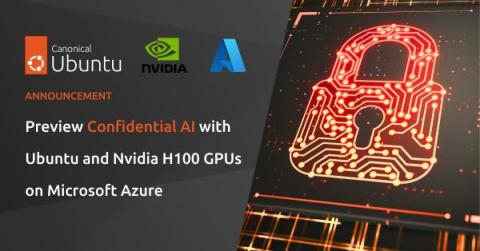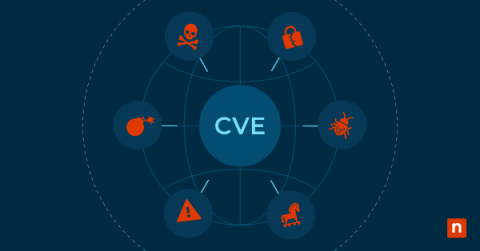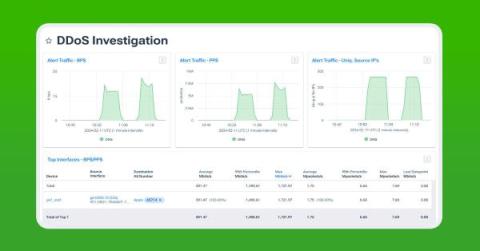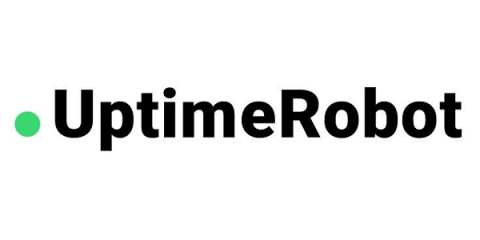Mastering Network Detection & Response: Unveiling the Power of Flowmon ADS
Watch our exclusive webinar as we delve into the intricacies of Network Detection and Response (NDR) and explore how to implement it effectively with Progress Flowmon ADS.



